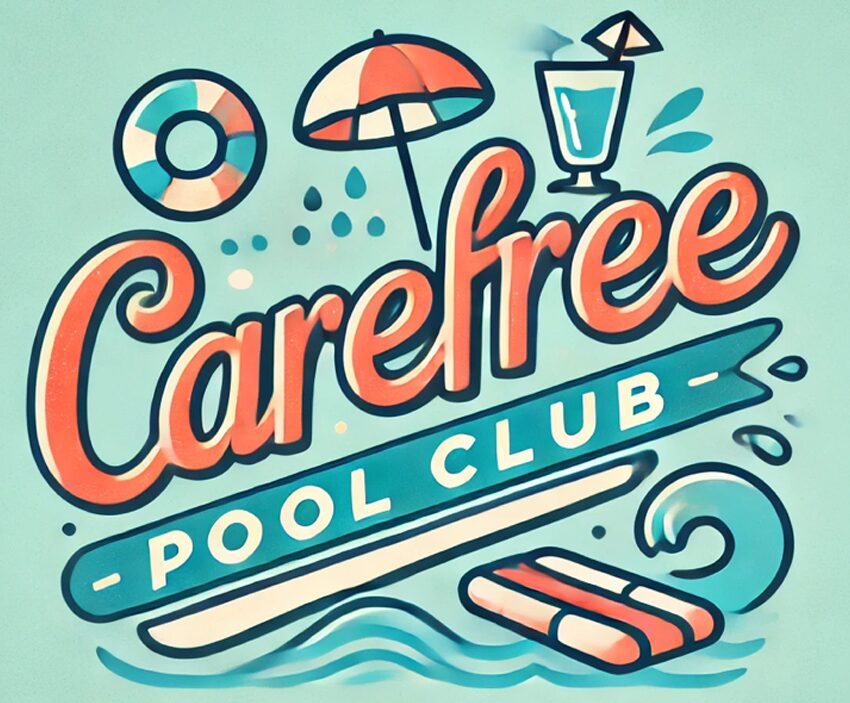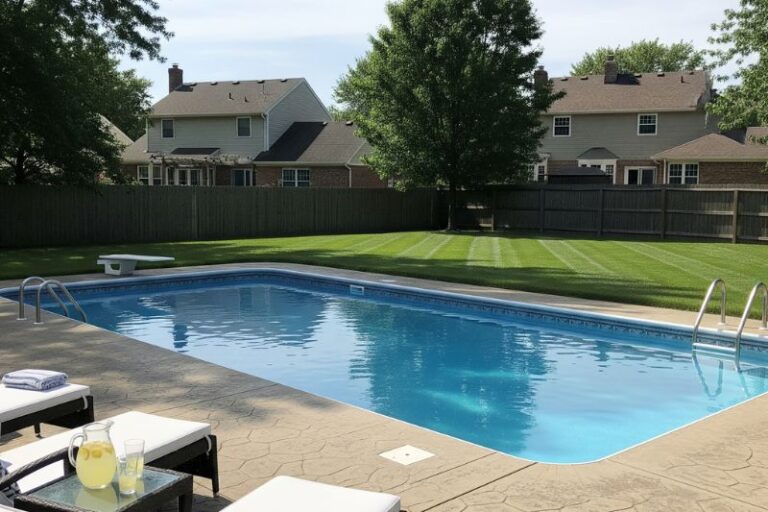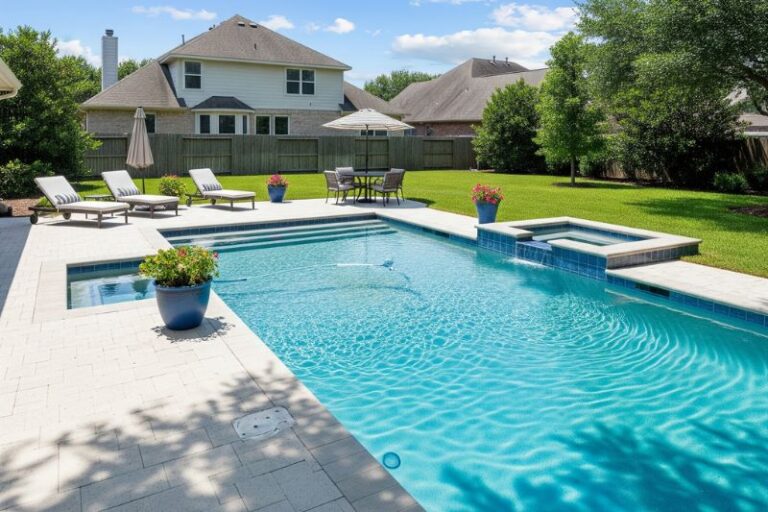Chapter One: The Clues
The water sparkled in the sun. Perfect, they thought. Filter running smoothly. Skimmer clean. Balance checked… or so they believed.
But little things kept happening. Scale crusting on the tiles. Eyes stinging after a swim. Pool toys looking faded and brittle.
Still, the homeowner shrugged. “Looks fine to me.”
Chapter Two: The Interrogation
We arrived with the test kit.
“When did you last test your pH?” we asked.
“Oh, uh… last month? Maybe?” they replied, looking guilty.
We dipped the strip. Watched it bloom deep red. High. Very high.
Chapter Three: The Misleading Evidence
The filter was spotless. The water, dazzling.
But water that looks good can still hurt the pool. High pH hides behind that sparkle, slowly depositing scale on the plaster and inside pipes. Sanitizer works less effectively. Equipment wears down silently.
Crystal water can still lie.
Chapter Four: The Real Culprit
We tested again to be sure. High pH confirmed. Alkalinity also creeping up.
No wonder swimmers complained. No wonder tiles felt rough. No wonder the heater was groaning.
The owner admitted they had been dumping shock in weekly but ignoring pH because “it looked fine.”
Chapter Five: Case Closed
We dosed the acid carefully, watching the strip ease back into range. The water stayed sparkling, but this time, safe.
We handed the homeowner a checklist:
- Test pH twice a week
- Keep it between 7.4–7.6
- Balance alkalinity between 80–120 ppm
- Watch for scale or stinging eyes, subtle clues
- Never trust looks alone
The homeowner finally got it: beautiful water is not always healthy water.
Case closed. Next time, don’t let high pH hide in plain sight.




